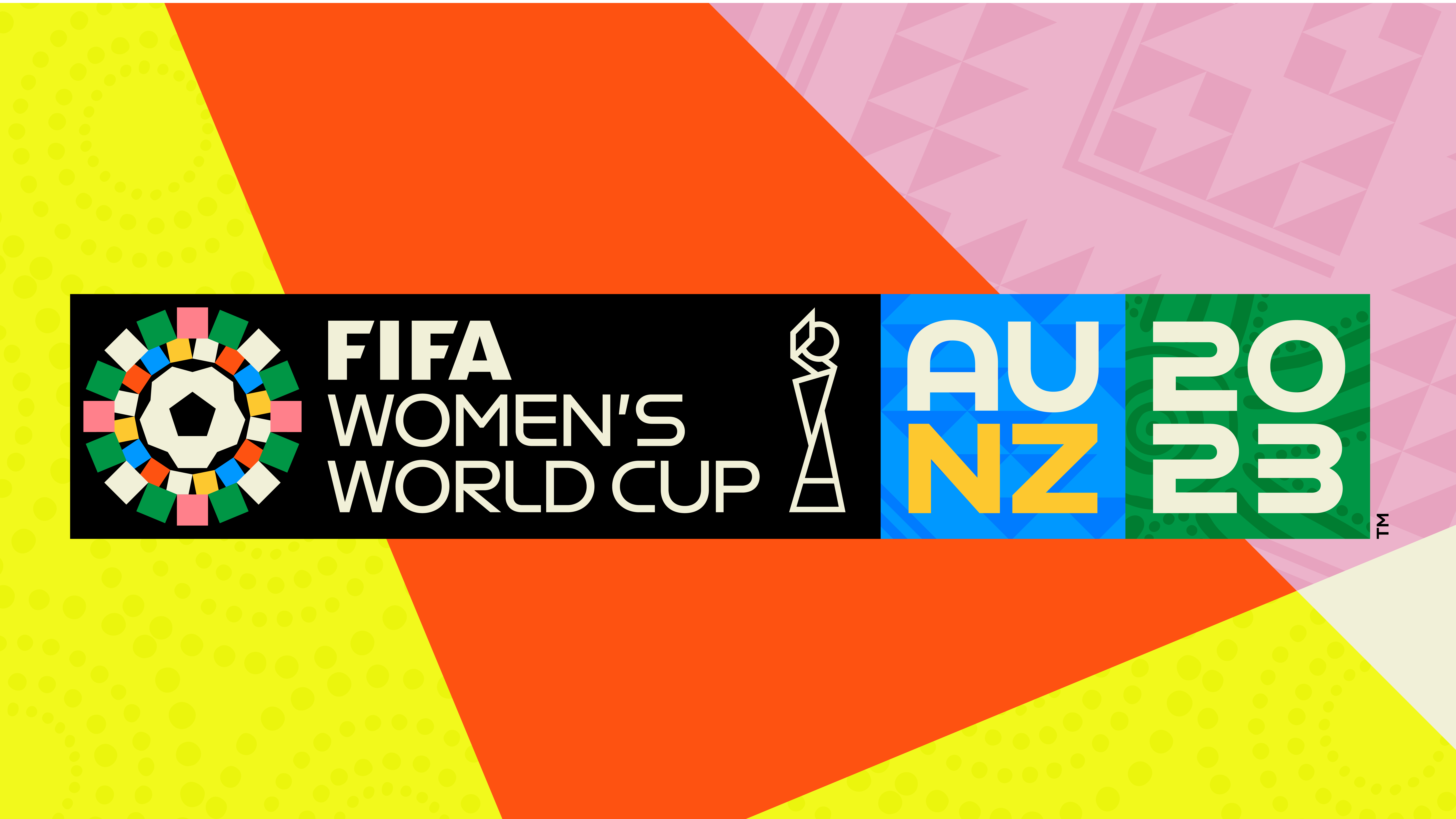By Samindra Kunti in Kigali, Rwanda
March 17 – FIFA said it has tripled the ‘prize money’ for the 2023 Women’s World Cup in Australia/New Zealand as president Gianni Infantino lashed out at broadcasters for not offering enough money for the tournament’s broadcast rights.
The world football’s governing body said that the $152 million sum allocated to the tournament is three times the total of the 2019 women’s World Cup in France. The sum comprises prize money, funding for teams and payments to clubs.
At the congress Infantino promised that FIFA will seek to have equal payments at the 2026 men’s and 2027 women’s World Cups. Gender disparity remains deep in the game. The prize money on offer at the men’s 2022 World Cup totalled $440 million.
Fifpro welcomed the news. In statement the player’s union said: “We await further details from FIFA as we continue to advance the interests of the players and broader industry towards a more professional game for all,” it said.
Last year Infantino said that the broadcast bids made for the 2023 Women’s World Cup broadcast rights were “unacceptable”.
The world federation then rejected offers from the UK, Italy, Germany and France and at the FIFA Congress yesterday Infantino warned broadcasters that they must do their part or FIFA will simply not sell the rights.
“FIFA is stepping up with actions, and not just words,” said Infantino. “Unfortunately, this is not the case of everyone across the industry. Broadcasters and sponsors have to do more.”
There are a few simple reasons for broadcasters to be cold on spending big money on the Women’s World Cup. Firstly the timing of most matches for the big spending TV nations in Europe is in the middle of the night – even fanatical young girls are likely to be on enforced bed rest at this time. Secondly, FIFA came to market with the rights late, and after the biggest broadcasters had already allocated their budgets.
Many of these broadcasters have invested more in supporting the women’s game at a significant level over a longer period than FIFA.
It was a bold statement and threat by Infantino to commercial partners who have driven FIFA’s financial ability to be a global sporting entity since before his arrival. Dragging broadcast in-house, presumably to be looked by the rapidly expanding FIFA+ team, could prove to be as disastrous a financial decision as the one that led to the loss of the EA Sports partnership and potential annual income of $400 million+ with pretty much no cost attached.
Australia and New Zealand will co-host this year’s women’s World Cup, the first-time the tournament will be played in a 32-team format with FIFA keen to capitalise on the success of the 2019 edition in France.
Contact the writer of this story at moc.l1722056545labto1722056545ofdlr1722056545owedi1722056545sni@n1722056545osloh1722056545cin.l1722056545uap1722056545

